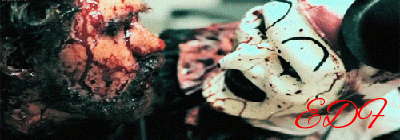Call Me Tim
EDF Hero
you cannot cast a barrel that is safe and easily useable which is meant to fire modern ammo. Period.You are getting confused between what is needed for making a gun at home, and what is necessary to create a mass produced reliable and quality product designed to fire tens of thousands of rounds and pass government regulations
You confuse the term "regulations." There is no government regulation(s) on the reliability of a firearm. Only manufacture is limited to how the gun operates, full auto or semi. The market decides that.
Case in point, the Hi Point. It's difficult to aim and fire accurately due to the massive slide mass, however, since they are so cheap people buy them just in case. Taurus is another firearm manufacturer that has serious reliability issues. Same with Kimber. People still buy them, I own a Kimber but it's no longer something I carry day to day. It's a BBQ gun. A show off. it's pretty and it will do the job but I wouldn't rely on it. However, it does get more reliable as I put more round through it. This is commonly known as user finishing. Normally, the firearm is reground to adjust tolerances to make it reliable, It's part of the QC process. A high number of rounds will "lap" the firearm into proper working specs. I have over 3K though that pistol alone and I'm guessing it will take another 6K to make it as reliable as my CZ's.





